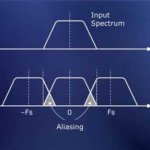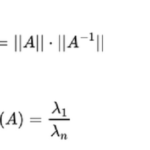Pearson correlation measures a linear relationship between X and Y, while Spearman correlation estimates a non-linear relationship. In some cases, the relationship between X and Y (e.g. Bitrate and Quality) is strictly non-linear:
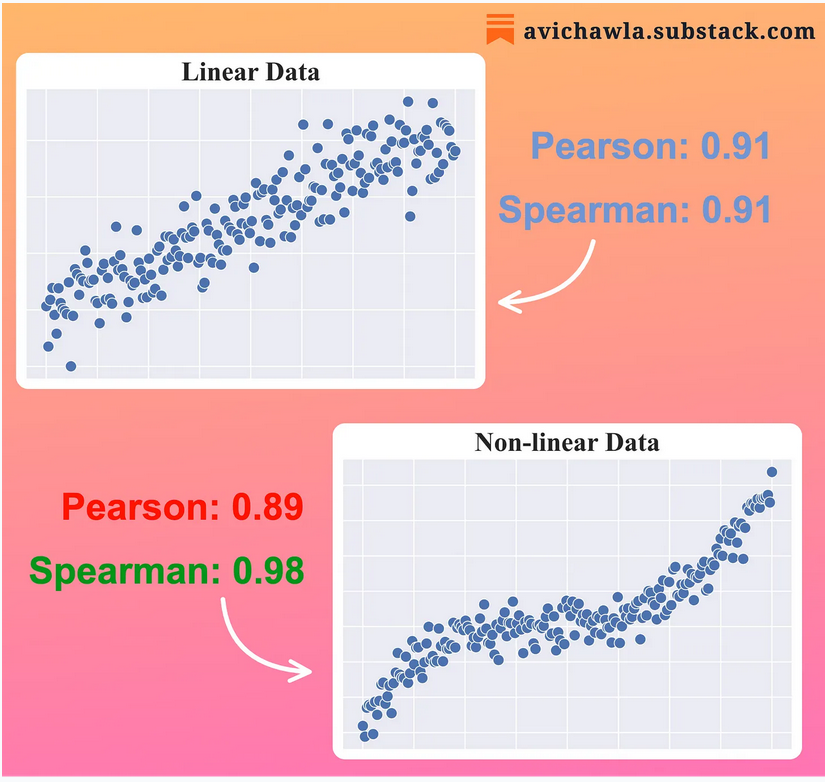
taken from https://avichawla.substack.com/p/the-limitation-of-pearson-correlation
The following Python script shows how to compute Pearson and Spearman correlation coefficients:
import numpy as np
import scipy.stats
import matplotlib.pyplot as plt
# generate distorted linear data of Y = 2X
X=np.array(range(0,40))
Y = [ 2*x for x in X]
D = 4*np.random.randn(1,40)
Yd = np.array(Y + D) # add nois
Yd=Yd[0]
fig, ax = plt.subplots()
plt.grid()
plt.title(‘Y = 2X+noise’)
ax.set_ylabel(‘Y’,fontdict=dict(weight=’bold’))
ax.set_xlabel(‘X’,fontdict=dict(weight=’bold’))
ax.scatter(X, Yd)
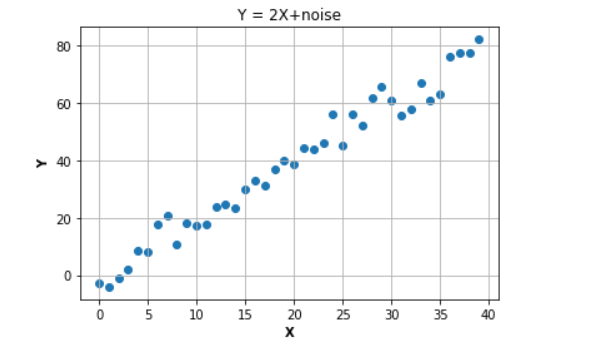
# Pearson correlation coefficient
scipy.stats.pearsonr(X, Yd)[0]
0.9858533253709376
# Spearman correlation coefficient
scipy.stats.spearmanr(X, Yd)[0]
0.9838649155722327
# generate distorted linear data of Y = X^2
Y1 = [ x*x for x in X]
D1 = 32*np.random.randn(1,40)
Yd1 = np.array(Y1 + D1)
Yd1=Yd1[0]
fig, ax = plt.subplots()
plt.grid()
plt.title('Y = X^2+noise')
ax.set_ylabel('Y',fontdict=dict(weight='bold'))
ax.set_xlabel('X',fontdict=dict(weight='bold'))
ax.scatter(X, Yd1)
 scipy.stats.pearsonr(X, Yd1)[0]
scipy.stats.pearsonr(X, Yd1)[0]
0.9627985894542643 scipy.stats.spearmanr(X, Yd1)[0]
0.9904315196998127
Appendix A: Examples of Pearson Correlation ‘r’
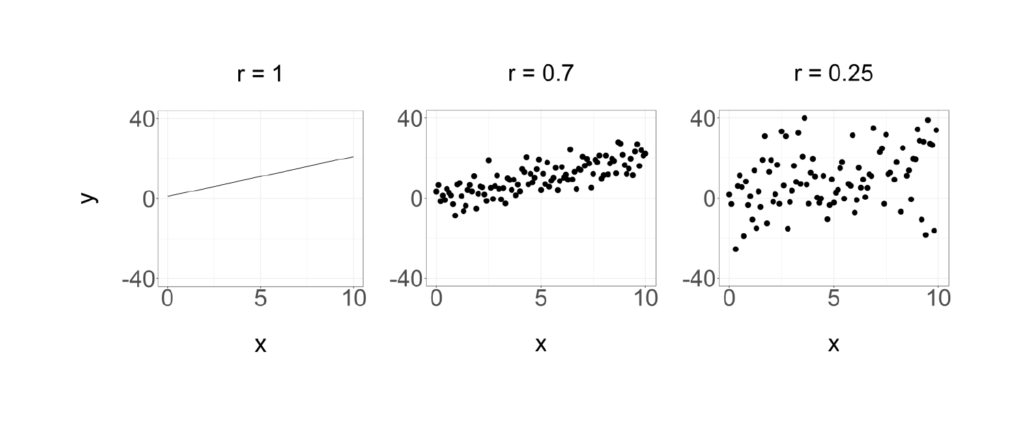
Appendix B: Linear Regression Equation
For input train {xi} data and output {yi} the coefficients of linear equation: y = c0 + c1 * x are determined as follows:


Python script to compute c0 and c1:
X=np.array(range(0,40))
Y = [ 2*x+3 for x in X]
D = 4*np.random.randn(1,40)
Yd = np.array(Y + D)
Yd=Yd[0]
1.9718933743372042
3.091355148859236

23+ years’ programming and theoretical experience in the computer science fields such as video compression, media streaming and artificial intelligence (co-author of several papers and patents).
the author is looking for new job, my resume

